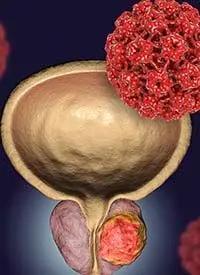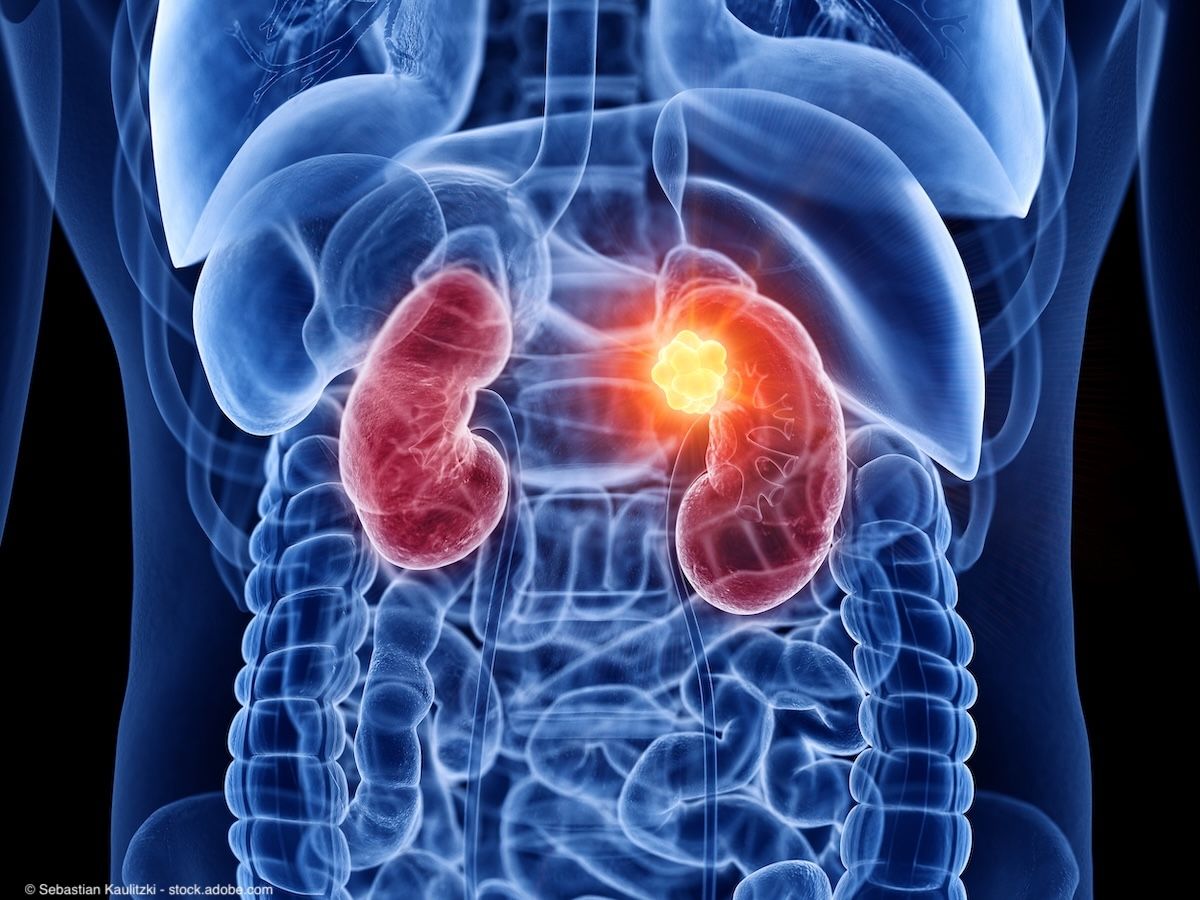Article
Reader reproducibility high with 18F-rhPSMA-7.3 image interpretation in prostate cancer
Author(s):
Prostate Cancer

Inter- and intra-reader reproducibility results with the novel PET imaging agent 18F-rhPSMA-7.3 showed high concordance when used in patients with biochemically recurrent prostate cancer, according to findings from the phase 3 SPOTLIGHT trial presented at the 2022 Society of Nuclear Medicine and Molecular Imaging (SNMMI) Annual Meeting.1
The overall inter-reader agreement for 18F-rhPSMA-7.3 PET/CT was above 75% and was highest for the pelvic lymph node region at above 87%. The overall intra-reader agreement was higher than 85%.
“Biochemically recurrent prostate cancer can be locally recurrent disease, metastatic disease, or both. Therefore, optimal assessment of the extent and location of recurrent prostate cancer is critical for clinical decision-making by physicians and patients,” Phillip Kuo, MD, PhD, Departments of Medical Imaging, Medicine, and Biomedical Engineering, University of Arizona, on behalf of the SPOTLIGHT study group, stated in a news release.
“Unfortunately, recurrence of prostate cancer is common. Conventional imaging, such as CT and bone scintigraphy, is often negative particularly when PSA is still low, so the demonstrated performance of PSMA-PET imaging fits an important unmet need. But no matter how good the radiotracer or scanner, reliable and consistent interpretation of PET imaging is foundational and has the potential to substantially impact patient care. These findings from the SPOTLIGHT study showed high inter-reader and intra-reader agreement for interpretation of 18F-rhPSMA-7.3 PET/CT scans in the setting of biochemical recurrence. Such high reproducibility, particularly for extra-prostatic regions, is clinically valuable, due to the potential of these findings to influence patient management,” added Kuo.
The multicenter, single-arm SPOTLIGHT (NCT04186845) enrolled male patients who were at least 18 years of age and received prior curative intent treatment for localized prostate cancer. Patients were required to have elevated PSA that could indicate biochemical recurrence and be eligible for salvage therapy. 18F-rhPSMA-7.3 was administered at a dose of 296 MBq/8 mCi, and PET/CT scans were given between 50 and 70 minutes following injection. Scans were then evaluated by 3 blinded central readers. The Standard of Truth was histopathology or confirmatory conventional imaging. Biopsies took place with 60 days following PET scans, and confirmatory imaging was conducted within 90 days.
The analysis presented at SNMMI assessed overall image interpretation agreement between the 3 blinded readers as well as image interpretation agreement for the regions of the prostate/prostate bed, pelvic lymph nodes, and other (extra-pelvic) sites (lymph nodes outside pelvis, soft tissue/parenchyma, and bones).
Agreement was high across all readers. When assessed by region, prostate/prostate bed reproducibility was lower than reproducibility for other regions; however, the study researchers noted that, “the high reproducibility for extra-prostatic regions is clinically valuable due to the potential of these findings to influence patient management.”
Additional results with 18F-rhPSMA-7.3
Data from the SPOTLIGHT trial previously presented at the 2022 AUA Annual Meeting showed that compared with baseline conventional imaging, PET imaging with 18F-rhPSMA-7.3 frequently led to post-scan disease upstaging in men with prostate cancer recurrence.2
Among 250 of 366 men in the efficacy analysis population who had negative baseline conventional imaging, 18F-rhPSMA-7.3 showed a correct detection rate between 45% and 47%, which is the percentage of patients scanned with at least one true positive PET finding compared with the Standard of Truth of histopathology or confirmatory conventional imaging. Notably, upstaging results were found to vary based on prior treatment and anatomical region.
Prior data from the SPOTLIGHT trial were also presented at the 2022 Genitourinary Cancers Symposium, showing that the overall detection rate in patients who had an evaluable 18F-rhPSMA-7.3 scan was 83% by majority read.3
References
1. Blue Earth Diagnostics Announces Reader Reproducibility Results from Phase 3 SPOTLIGHT Trial of Investigational PET Imaging Agent 18F-rhPSMA-7.3 in Biochemical Recurrence of Prostate Cancer. Published online June 15, 2022. Accessed June 15, 2022. https://bwnews.pr/3O8Yto0
2. Fleming MT. Impact of 18F-rhPSMA-7.3 PET on upstaging of patients with prostate cancer recurrence: results from the prospective, phase 3, multicenter, SPOTLIGHT study. Presented at: 2022 AUA Annual Meeting; May 13-16, 2022; New Orleans, LA. Abstract PLLBA-02.
3. Schuster DM. Detection rate of 18F-rhPSMA-7.3 PET in patients with suspected prostate cancer recurrence: results from a phase 3, prospective, multicenter study (SPOTLIGHT). J Clin Oncol. 2022(suppl 6):9. doi:10.1200/JCO.2022.40.6_suppl.009
Newsletter
Stay current with the latest urology news and practice-changing insights — sign up now for the essential updates every urologist needs.
















